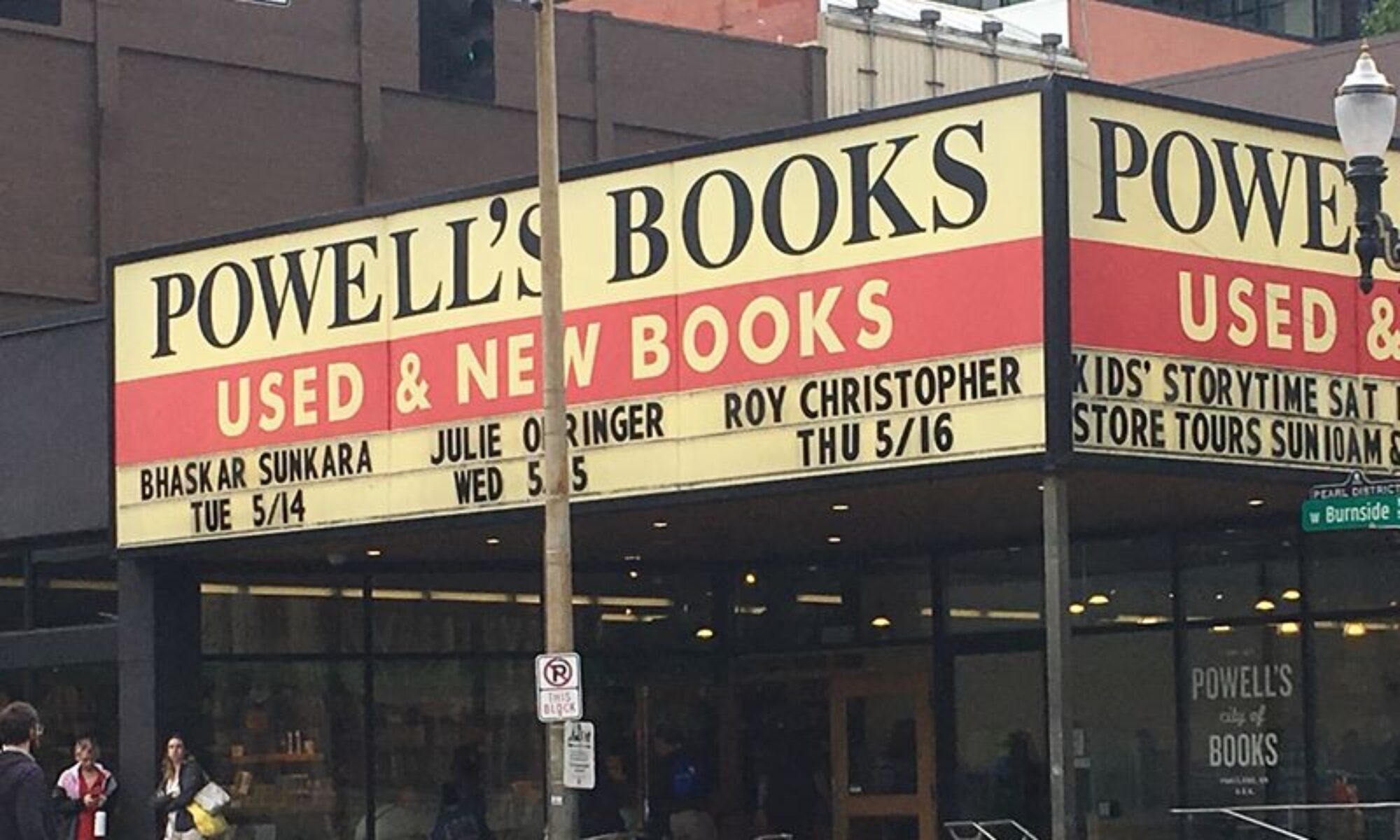 In 2012: The Return of Quetzalcoatl (Tarcher/Penguin, 2006),* Daniel Pinchbeck extends Heisenberg’s idea that observation influences the observed into a Hegelian wordview that consciousness constitutes the core of reality, as if the physical world and our perception of it are merely two sides of the same phenomenon. Taken wholesale, it’s not quite solipsism, but it’s close. Either way, the veneer between the two is definitely permeable, but one needn’t believe in magic to see how.
In 2012: The Return of Quetzalcoatl (Tarcher/Penguin, 2006),* Daniel Pinchbeck extends Heisenberg’s idea that observation influences the observed into a Hegelian wordview that consciousness constitutes the core of reality, as if the physical world and our perception of it are merely two sides of the same phenomenon. Taken wholesale, it’s not quite solipsism, but it’s close. Either way, the veneer between the two is definitely permeable, but one needn’t believe in magic to see how.
The world is inseparable from the observing subject and is accordingly not objectifiable.
— Arthur March
I’ve written before about the Burkian designation of literature as “equipment for living.” As Richard Rorty puts it, “the point of reading a great many books is to become aware of a great number of alternative purposes, and the point of that is to become an autonomous self.” Virtual reality started with the first story told. Literature is a workout for your mind.
The prosifications of the greats are no more use than dumb bells under the bed if you don’t pump them. — Eddie Coffin in Tibor Fischer’s ‘The Thought Gang’
When different situations exist in your world, your brain is different. New knowledge and new stuff physically and chemically changes the make up of what’s in your head. Howard Bloom uses the example of bags used to carry things. In his “Jack the Pelican presents” lecture from 2003, he explains transubstantiation (i.e., things moving between the spiritual realm and the material world) by saying that our brains are different when different inventions exist. That is, we have different thoughts and dreams after certain ideas and innovations exist in our world (the material to the spiritual). Before bags were invented, one could only carry what would fit in one’s hands. After bags, well, it depends on the bag and one’s fortitude for carrying.
Looking down on empty streets, all she can see
Are the dreams all made solid
Are the dreams all made realAll of the buildings, all of the cars
Were once just a dream
In somebody’s head
— Peter Gabriel, “Mercy Street”
Howard also explains a dream invention that he’s had since he was a boy and how a computer company set out to make it, saying that one of his lifelong dreams will be a reality (the spiritual to the material). It’s not What the Bleep Do We Know? or The Secret, but it can be powerful — if not magical — stuff.
My first memory of something passing through the spirit/world barrier was one of my moms’ friends telling me she had a dream about a balloon tree. She managed to remember the idea and executed a version of it for her daughter’s birthday party to great effect. The next time I paid attention to the idea was when I first met Paul Barman.
Paul takes his dreams very seriously. “I always try to make my dreams come true,” he told me. “When I dream about something, if I can possibly make it happen… I mean, what better instructions could you be given?”
References:
Fischer, T. (1997). The Thought Gang. New York: Scribner.
Gabriel, P. (1986). So. Geffen Records.
Kain, P. J. (2005). Hegel and the Other: A Study of the Phenomenology of Spirit. New York: SUNY Press.
Pinchbeck, D. (2006). 2012: The Return of Quetzalcoatl. New York: Tarcher/Penguin.
Rorty, R. (November 2, 2000). “The Decline of Redemptive Truth and the Rise of a Literary Culture.” Retrieved from Richard Rorty’s Homepage.
* I’m finished reading it, so this is the last post about this book, I promise. Also, his is sort of a companion piece to the last post, Pumping Irony: Technology and Disconnectivity, albeit from the opposite extreme.
[“Ballon Tree” drawing by Roy Christopher]

